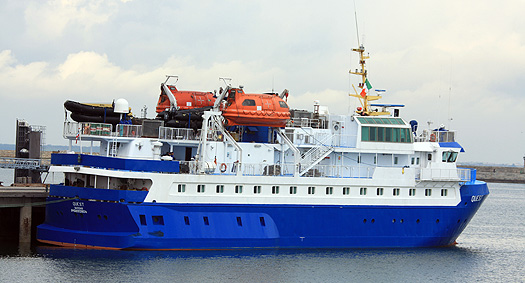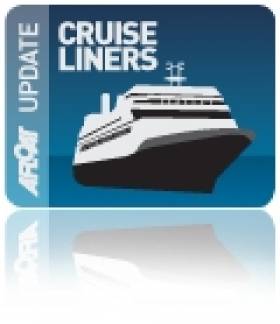Displaying items by tag: Dun Laoghaire Harbour Company's Masterplan
Cruise Call Opens New Opportunities for Dun Laoghaire Harbour
#CRUISE CALLS - The docking of the Quest in Dun Laoghaire Harbour this morning marks the first phase of cruise calls this summer as part of a new development to attract cruiseships, writes Jehan Ashmore.
The opening of the cruise sector business which formed part of the Dun Laoghaire Harbour Company's Masterplan is seen as a significant boost to the local economy considering the declining operations of the HSS fast-ferry service in recent years.
The Quest which is operated by Noble Caledonia is on a 9-night 'Garden' Cruise of the UK and Ireland, where prices started from £3,295. She berthed at the Carlisle Pier where for many generations passengers boarded the mail-boats followed by the conventional ferry to Holyhead which last left the route in 1996.

Quest along side in Dun Laoghaire. She carries 50 passengers
At just under 50m long the Quest carries only 50 passengers though this number is set to increase when a further four cruise calls are scheduled this season with larger vessels capable of carrying around 500 passengers.
























































